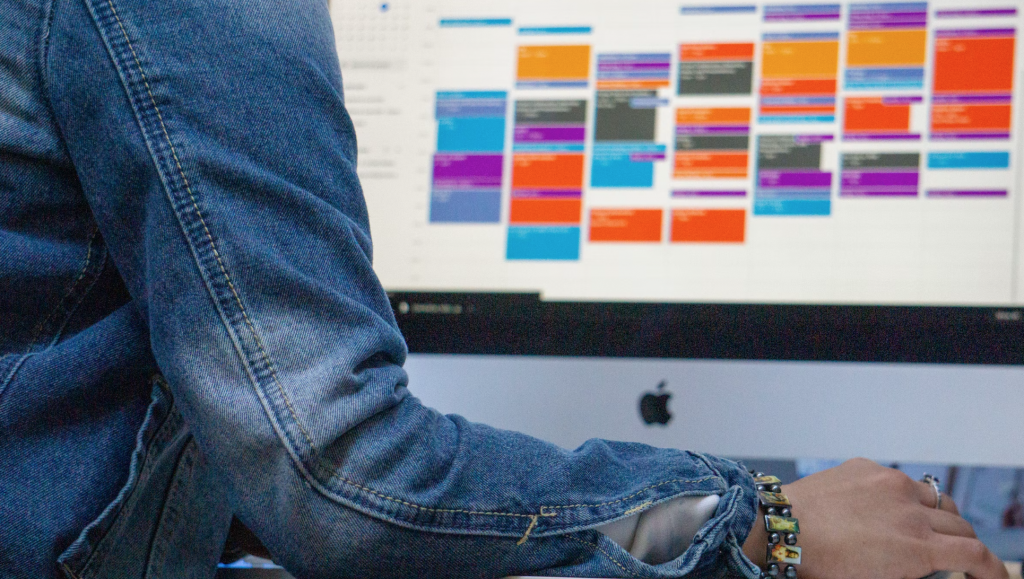[ad_1]
A good way to ensure all attendees know what’s going on is to create an agenda. It also helps you understand how much time you will need to allocate to each session. Let’s take a look at some tips and tricks for creating an agenda that people will actually look forward to!
What is an Event Agenda?
An event agenda is a document that outlines the schedule of events for a particular day or period of time. It is typically used by event planners and organizers to help keep track of what needs to be done and when.
An event agenda can be as simple or as detailed as needed, but should always include basic information such as the start and end time of each event, the name and location of the event, and a brief description of what will be happening during the event.
Other important details that may be included on an event agenda are the names of the speakers or performers, any special instructions for attendees, and contact information in case there are any problems on the day of the event.
The Checklist: Things To Consider
The perfect event agenda is one that is both comprehensive and concise. It should cover all the bases without being overly long or complex. Here is a checklist of things to consider when creating your event agenda:
– The overall goal or objectives of the event
– The target audience for the event
– The date, time, and location of the event
– The format of the event (e.g., panel discussion, keynote speech, workshop, etc.)
– The expected length of the event
– The speakers or panelists for the event
– The topics to be covered during the event
– Any other logistics such as catering, parking, etc.
Do’s and Don’ts in Event Agenda
When creating an agenda for your event, there are a few things to keep in mind to ensure that it is effective. First, consider what the overall goal of the event is and structure the agenda around that. Next, make sure to allow for breaks throughout the day so that attendees can have time to network and relax. Finally, try to avoid having too many items on the agenda so that each one can be given the attention it deserves.
In terms of specific items to include on your agenda, make sure to list all of the speakers and topics that will be covered. Also, be sure to leave some time for Q&A at the end of each session. And finally, don’t forget to include some fun activities or social events!
Conclusion
Creating an event agenda can be daunting, but it doesn’t have to be. By following these simple tips, you’ll be able to create a well-rounded agenda that will ensure your event is a success. Keep your audience in mind, start with the basics, and don’t forget to leave room for flexibility.
[ad_2]
Source link


